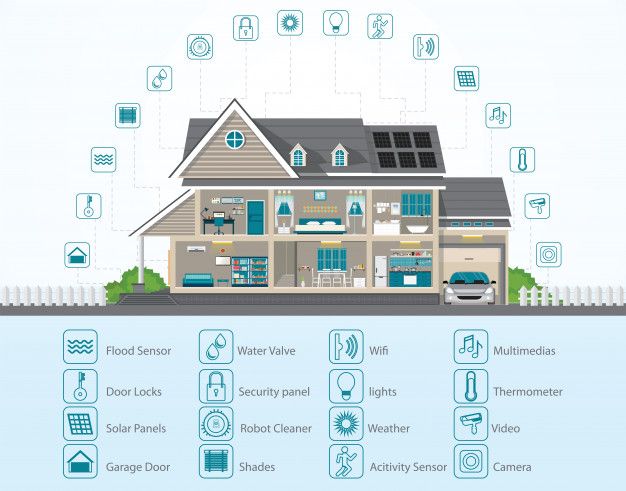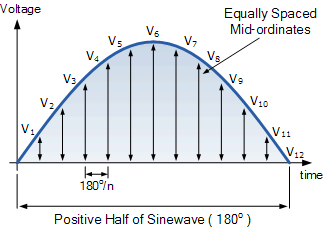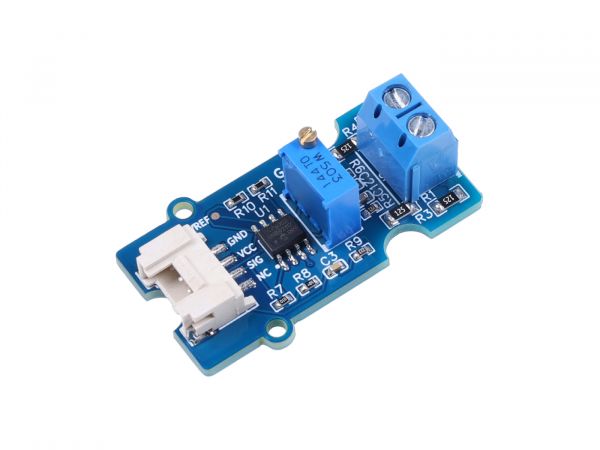What is RMS and How to Relate It to Our Life?
In our life, there are many electronic products we consume on a daily basis, such as televisions, microwaves, computers, and cell phone chargers. Nevertheless, have you ever gotten curious about the RMS of those electronic products? Perhaps not yet? In this blog, you will be learning about RMS and what benefits it can bring to your life!

(Source: Godse, 2021)
In all electronic products, there are two types of RMS: RMS current and RMS voltage. Both of them are effective variables that can produce actual work outcomes (for example, charging your phone). Now, you might be wondering, what is RMS? RMS Current? RMS voltage?
What is RMS:
RMS which represents root-mean-square is an expression that is the square root [1] of the mean square (the arithmetic mean of a set of squares of numbers) and is the generalized mean of the 2nd power, which can be also named the 2nd endian mean.

(Source: Wikipedia, n.d.)
This sounds complicated, so let me briefly paraphrase. In a circuit whose impedance consists of pure resistance, the root-mean-square value of the AC (Alternating Current) wave is often referred to as the root-mean-square value or the DC (Direct Current) equivalent. Just like a 100V AC source connected to a resistor whose current generates 50W of heat, a 100V power supply connected to this resistor will also generate 50W of heat. For example, domestic voltage is expressed in RMS. The so-called “117V” AC power has a peak (pk) at around 165V, and a peak-to-peak (pk-pk) is about 330V.
What is RMS Voltage:
RMS values are sometimes referred to as equivalent values or DC equivalent values. RMS measurements of voltage or current from an AC waveform are the best way to correlate the AC and DC flows.

(Source: ElectronicsTutorials, n.d.)
What is RMS Current:
RMS current voltage consumes the same power as the average power consumed by the AC current/voltage. For example, in case the voltage you are using is 130V, then the current RMS current value is 130V.
As we know something about RMS, let’s shed light on 3 important points: i) Apparent Power; ii) Reactive Power, and; iii) Real/Active power.
Apparent Power: The power that the grid must be able to carry between Reactive power and Real / Active Power measured in volt-amperes (VA)
Reactive Power: this is the part of complex power that corresponds to the storage and retrieval of energy rather than consumption.
Real power / active power: The actual power that is going to be used 100% and measured in V, which will not generate any excessive power to go waste

(Source: Meneu, 2016)
The sensors with RMS can help you to monitor RMS data in real-time, protect your home appliances or smart products from pulse damage, and of course, the most important thing is enabling you to find excessive and useless power and reduce unnecessary electrical energy by reducing the voltage. This can help you to save a lot of unnecessary expenses.
As technological progress brings about upgraded energy efficiency, people can improve their quality of life, and use a lot of smart electronics with large-power consumption patterns. What goes unannounced is that these products can lead to excessive electric energy consumption, which is very environmentally unfriendly. In terms of global energy usage statistics, commercial and residential energy use ranks second place, only after being surpassed by the transportation sector. Against this backdrop, it is highly recommended to reduce excessive energy usage (food, water, energy, etc.), and so you would need RMS to help you to do that by reducing the voltage. In this way, you can help the environment to better recuperate, while saving your money! That’s why, today, Seeed presents a Grove module called AC voltage Sensor, with which you can monitor the voltage amount you are using in real-time.
About the Grove AC Voltage Sensor

Grove AC Voltage Sensor is an RMS AC voltage for accurate DIY energy meters. It has adjustable gains for different voltage inputs (120V-240V AC) and it supports a 5-3.3V DC power supply. Because the sensor’s output is analog which allows you to use many different development boards such as XIAO, it is accurate enough to measure the variations in voltage that high-power loads generate when they are turned on. By doing so, it becomes possible to find out if there is some Reactive Power left in products with high-power consumption habits. Thereby, a certain amount of voltage can be reduced to save energy.
About Grove AC Voltage Sensor Designer
One more thing, this Grove is designed by Christopher(mcmchris@hotmail.com) from the Licensed Products Program. So, for all the information provided in this article, I would like to thank Christopher for his massive help!

Why choose to license with Seeed? First, turn your idea into a real product and earn a royalty! Second, Seeed has a globally-established distribution platform and audience to make your design promoted to a wider audience. If you have an idea right now, you can share it with us through the Licensed Products Program!